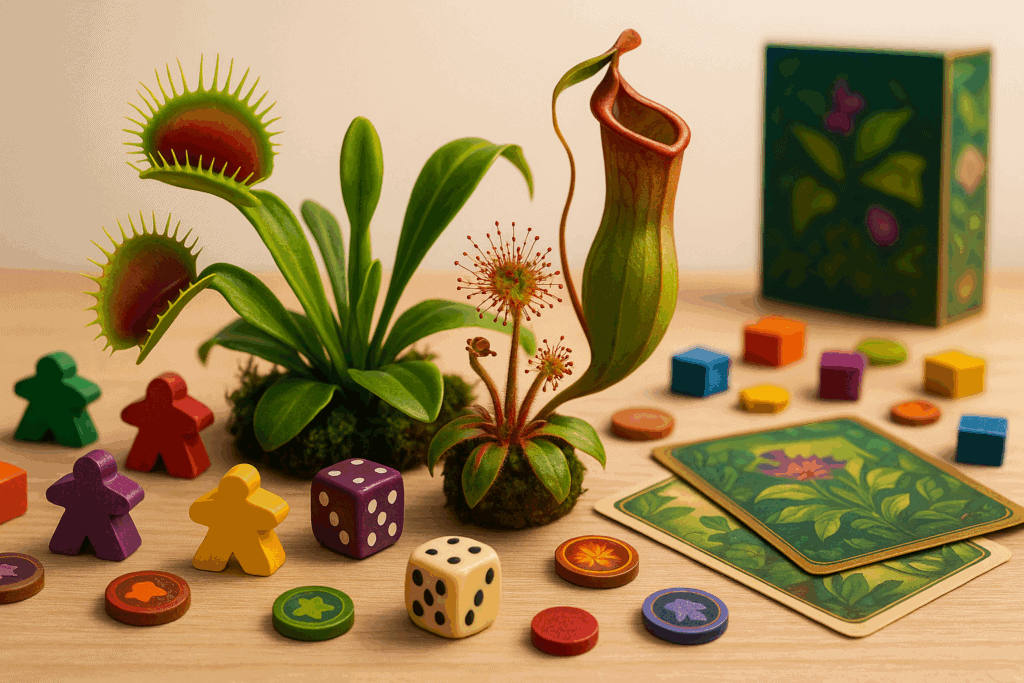
The world of board gaming has blossomed with nature-themed titles that capture the fascinating mechanics of plant life, and carnivorous plant games represent some of the most unique and engaging experiences in this growing genre. These botanical board games combine strategic thinking with the natural wonder of predatory plants, creating gameplay that mirrors the patience and precision these remarkable organisms use to survive.
The Allure of Plant-Themed Board Games
Plant-themed board games have gained tremendous popularity among tabletop enthusiasts who appreciate both strategic gameplay and educational content. These nature games offer players the opportunity to explore botanical concepts while engaging in competitive strategy, making them perfect for families, educators, and gaming groups seeking something beyond traditional themes.
Carnivorous plant games specifically tap into our fascination with these unusual organisms that blur the line between plant and predator. The mechanics of trapping, waiting, and resource management found in these games mirror the real-world strategies these plants use to capture prey and thrive in nutrient-poor environments.
Risk: Plants vs. Zombies – Strategic Plant Defense
Risk: Plants vs. Zombies brings the beloved tower defense video game franchise to the tabletop, creating a unique blend of strategic area control and plant-based combat. This carnivorous plant game variant transforms the classic Risk formula by introducing defensive plants that must protect their territory from zombie invasions.
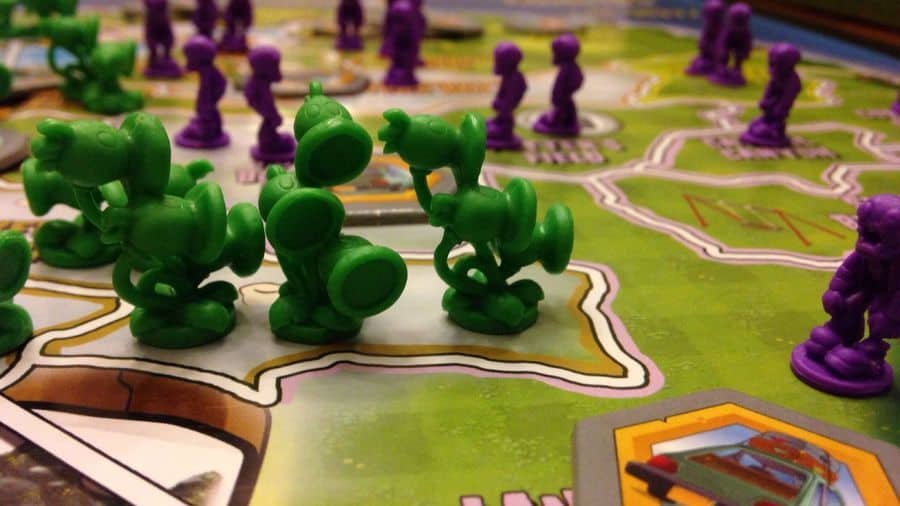
In this tactical board game, players command armies of defensive plants, each with specialized abilities that mirror their video game counterparts. Peashooters provide ranged attacks, Wall-nuts offer defensive barriers, and Chompers deliver devastating close-combat abilities reminiscent of carnivorous plant trapping mechanisms. The game successfully captures the essence of plant warfare while maintaining the territorial control elements that make Risk engaging.
The strategic depth comes from managing different plant types and their unique abilities while coordinating defensive strategies across multiple fronts. Players must balance offensive expansion with defensive preparation, creating gameplay that rewards both aggressive tactics and patient defensive planning. The asymmetrical gameplay, where plant and zombie forces have different victory conditions and abilities, adds layers of complexity that keep each game fresh and challenging.
Succulent: Resource Management for Exotic Plants
While not exclusively focused on carnivorous plants, Succulent deserves recognition among botanical board games for its sophisticated approach to plant resource management. This tabletop plant game challenges players to cultivate diverse collections of exotic plants, including several carnivorous species that require specialized care and feeding strategies.
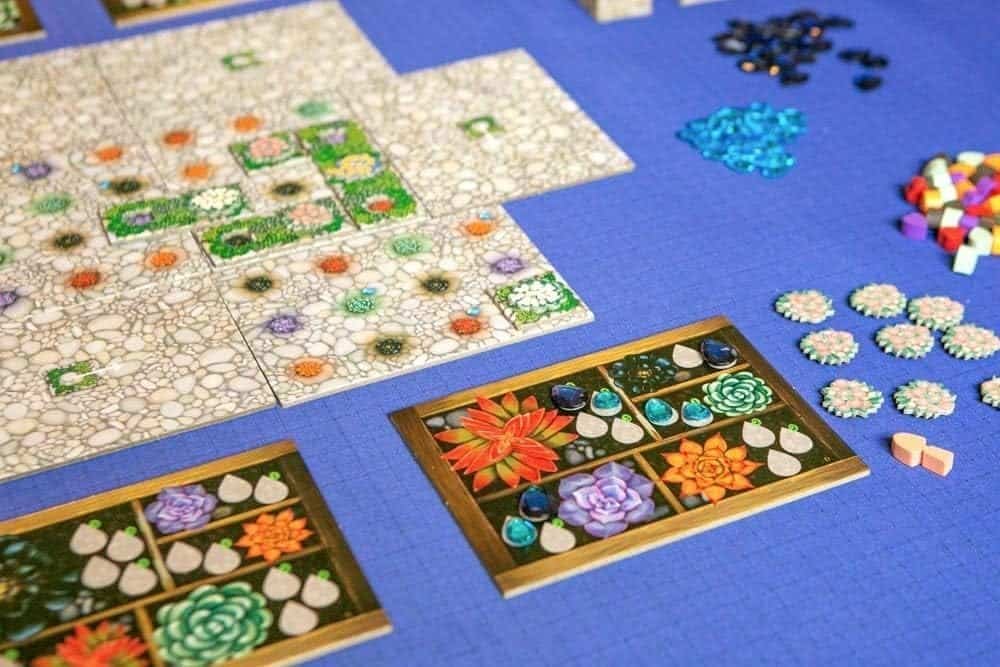
The resource management mechanics in Succulent are particularly well-designed for representing the unique needs of carnivorous plants. Players must allocate limited resources including water, nutrients, and specialized growing conditions to maintain their plant collections. The game introduces carnivorous plants as high-maintenance but high-reward specimens that can dramatically boost a player’s score when properly cared for.
What sets Succulent apart in the garden strategy games category is its attention to the symbiotic relationships between different plant types. Carnivorous plants in the game can help control pest populations that might otherwise damage more delicate specimens, creating interesting tactical decisions about collection composition and plant placement.
Herbaceous: Herb Collection with Strategic Depth
Herbaceous brings a different flavor to plant-themed board games by focusing on herb collection and processing. While not centered on carnivorous plants specifically, the game’s mechanics of timing, patience, and strategic collection align perfectly with the themes found in dedicated carnivorous plant games.
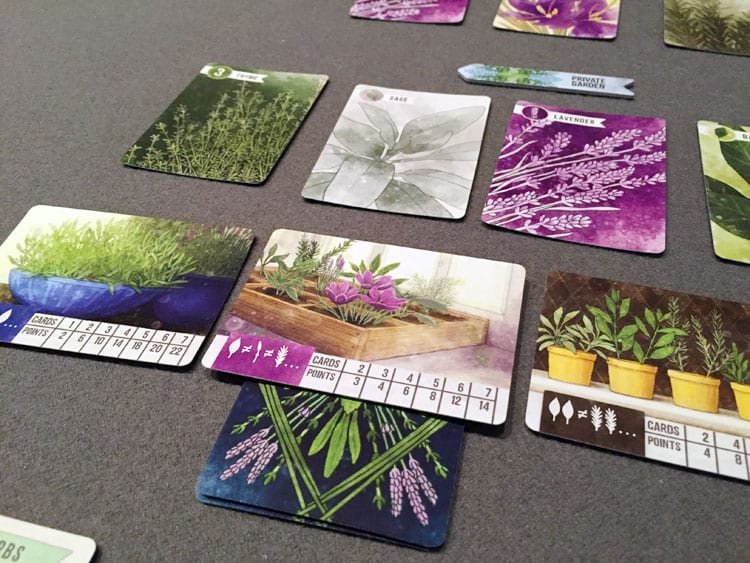
The core gameplay revolves around collecting various herbs and deciding when to process them into different products. This mechanic beautifully parallels how carnivorous plants must time their feeding and digestion cycles. Players must show patience and strategic thinking, waiting for the right moment to act while balancing risk and reward.
The game’s emphasis on different plant types and their unique properties creates educational opportunities similar to those found in more specialized carnivorous plant games. Players learn about various herbs and their uses while developing strategic thinking skills that translate well to other botanical board games.
Photosynthesis: The Ultimate Plant Strategy Game
Photosynthesis stands as one of the most acclaimed plant-themed board games, offering players an immersive experience in forest ecosystem management. While not exclusively focused on carnivorous plants, this botanical board game captures the competitive nature of plant survival through innovative shadow mechanics and resource management.
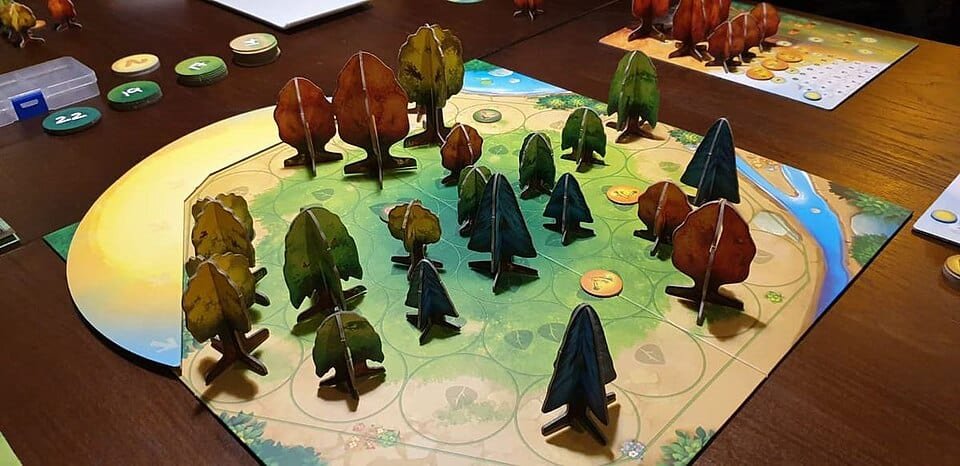
In Photosynthesis, players cultivate trees of different species, managing their growth from seedlings to mature forests while competing for sunlight. The game’s unique shadow system creates realistic competition between plants, as larger trees cast shadows that block smaller plants from receiving vital sunlight – a mechanic that beautifully mirrors natural forest dynamics.
What makes Photosynthesis particularly appealing to fans of nature games is its educational value combined with stunning visual design. The 3D trees and rotating sun board create an engaging tableaux that helps players understand ecological concepts while enjoying competitive gameplay that rewards both tactical decisions and strategic foresight.
Other Notable Carnivorous Plant and Nature Games
The genre of nature games extends beyond these three titles, with several other botanical board games worth exploring. “Evolution: Climate” incorporates predator-prey relationships that mirror carnivorous plant behavior, while “Photosynthesis” explores plant competition and resource management from a different angle.
“Wingspan” represents another excellent entry in the nature games category, focusing on birds but incorporating ecosystem management principles that complement carnivorous plant themes. The strategic depth and educational value of these games make them excellent companions to dedicated plant collection games.
Several smaller publishers have also released specialized carnivorous plant games that focus specifically on cultivation and feeding mechanics. These niche titles often provide the most authentic carnivorous plant experience, with detailed rules that closely mirror real plant behavior and care requirements.
READ: Top 10 Nature and Animal-Themed Board Games for Every Game Night
Fascinating Facts About Carnivorous Plants
Understanding real carnivorous plants enhances appreciation for their board game counterparts. These remarkable organisms have evolved incredible strategies that inspire game mechanics and provide educational value beyond entertainment.
- Diverse Trapping Mechanisms: Carnivorous plants employ five main trapping mechanisms: snap traps (like Venus flytraps), pitfall traps (pitcher plants), flypaper traps (sundews), bladder traps (bladderworts), and lobster-pot traps (corkscrew plants). Each mechanism represents a different evolutionary solution to the same problem of nutrient acquisition
- Speed and Patience Combined: While Venus flytraps can snap shut in less than a second, they may wait weeks or months between meals. This combination of explosive action and patient waiting creates natural drama that translates beautifully into game mechanics requiring both quick decisions and long-term strategy.
- Global Distribution: Carnivorous plants exist on every continent except Antarctica, with hotspots of diversity in nutrient-poor environments like bogs, sandy soils, and rocky outcrops. This worldwide distribution provides rich thematic material for game designers creating diverse plant collections.
- Symbiotic Relationships: Some carnivorous plants form fascinating partnerships with other organisms. Certain pitcher plants house specialized insects that help break down prey, while others provide shelter for small animals in exchange for nutrient-rich waste products.
READ: Mycology in Games: Board Games Celebrating Fungi and Their Hidden Networks
Strategy Tips for Carnivorous Plant Games
Success in carnivorous plant games often mirrors the strategies these plants use in nature. Patience proves essential – rushing to feed plants or expand collections too quickly often leads to resource shortages and poor long-term positioning.
Resource management skills translate directly from game to game within this genre. Players who excel at balancing immediate needs with future planning typically perform well across different plant-themed board games. Understanding the unique requirements of different plant types, whether in Venus Flytrap’s feeding mechanics or Succulent’s specialized growing conditions, provides significant advantages.
Timing decisions prove crucial in most carnivorous plant games. Like their natural counterparts, game plants often require players to wait for optimal conditions before acting. Learning to recognize these timing windows and having patience to wait for them separates skilled players from beginners.
Educational Value and Family Appeal
Carnivorous plant games offer exceptional educational opportunities that extend far beyond typical board game entertainment. Children and adults alike learn about plant biology, ecosystem relationships, and environmental science through engaging gameplay that makes learning feel natural and fun.
These botanical board games work particularly well in educational settings, providing hands-on learning experiences that complement traditional science curricula. Teachers have successfully used plant-themed board games to introduce concepts ranging from basic plant needs to complex ecological relationships.
The family appeal of these nature games stems from their ability to engage players across different age ranges and experience levels. Simple enough for children to grasp basic concepts, yet deep enough to challenge experienced gamers, carnivorous plant games create inclusive gaming experiences that bring families together around shared learning and competition.
Conclusion: Where Nature Meets Strategy
Carnivorous plant games represent a unique intersection of natural science education and strategic gaming that appeals to a broad audience of players. Whether building trap networks in Venus Flytrap, managing diverse collections in Succulent, or timing herb processing in Herbaceous, these games capture the essence of plant life in engaging and educational ways.
The patience and strategic thinking required for success in these botanical board games mirrors the natural world’s own lessons about timing, resource management, and adaptation. As the genre continues to grow, carnivorous plant games and their nature-themed cousins will undoubtedly continue inspiring new generations of players to appreciate both strategic gaming and the natural world.
For families, educators, and gaming enthusiasts seeking something beyond traditional themes, carnivorous plant games offer rich experiences that entertain while teaching valuable lessons about patience, strategy, and the fascinating world of predatory plants. In these games, just as in nature, those who master the arts of trapping and patience ultimately win the day.
Frequently Asked Questions
Q: Are carnivorous plant games suitable for children?
A: Yes, most carnivorous plant games are family-friendly and designed for ages 10 and up. These botanical board games offer excellent educational value, teaching children about plant biology and ecosystem relationships while developing strategic thinking skills. Games like Venus Flytrap and Herbaceous have simple enough mechanics for children to understand while remaining engaging for adults.
Q: Do I need prior knowledge about plants to enjoy these games?
A: Not at all! Carnivorous plant games are designed to be accessible to all players regardless of botanical knowledge. The games teach you about plant mechanics through gameplay, and many include helpful reference materials. Your appreciation for these nature games will actually grow as you learn more about the real plants that inspired the game mechanics.
Q: How long do typical carnivorous plant games take to play?
A: Most plant-themed board games have playing times between 30-90 minutes. Venus Flytrap typically takes 45-60 minutes, Succulent runs about 60-75 minutes, and Herbaceous can be completed in 30-45 minutes. This makes them perfect for family game nights or educational sessions without requiring excessive time commitments.
Q: Where can I find these specialized carnivorous plant games?
A: Carnivorous plant games can be found at local board game stores, online retailers like Amazon and BoardGameGeek marketplace, and directly from publishers. Some titles may be limited editions or from smaller publishers, so checking specialty board game retailers and attending gaming conventions can help you discover rare or new releases in this niche genre.
Q: Can these games be used in educational settings?
A: Absolutely! Many teachers and educators use carnivorous plant games and other botanical board games as engaging teaching tools for science classes. These games naturally incorporate lessons about plant biology, ecosystem relationships, resource management, and strategic thinking. They work particularly well for middle and high school students studying botany, ecology, or environmental science.




